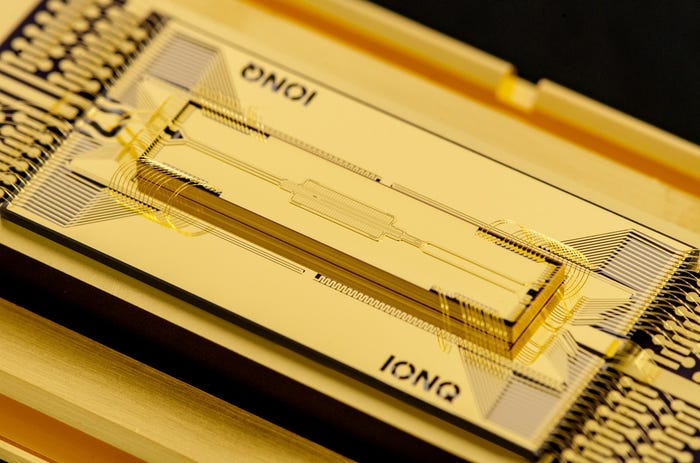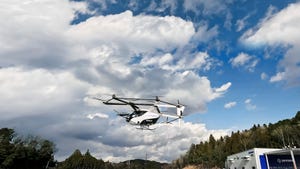
For many years, spotting wildfires relied almost exclusively on humans on top of towers. Wildfire detection systems employing Artificial Intelligence (AI) represent a significant advancement in disaster management technology, offering the potential to save lives, protect property and preserve natural ecosystems through timely and accurate detection and response. AI-based wildfire detection systems leverage advanced technologies, including machine learning, computer vision and sensor networks, to detect and predict wildfires with higher accuracy and speed.
Data Collection, Processing and Analysis
Data is collected by satellites, drones and ground-based sensors, including cameras, temperature sensors, humidity sensors and smoke detectors placed in high-risk areas. Satellites provide large-scale monitoring through infrared and optical imagery, while drones can offer high-resolution, real-time data from specific locations.
Computer vision combines AI, machine learning and image processing techniques to identify signs of smoke, fire and other anomalies. Object detection and pattern recognition are used to distinguish between fire-related images and other disturbances such as dust thrown up during field ploughing.
Information such as wind speed, temperature and humidity is crucial, as is understanding the type and condition of vegetation. AI can use this data to assess fire risk levels and predict the spread of fires.
For example, the data from gas sensors, cameras and satellite imagery can be analyzed together to provide a comprehensive view of the wildfire. We would know where the fire started, its estimated size and its likely path and spread.
An integrated approach allows for better coordination between emergency services and helps ensure that resources are deployed effectively to combat wildfires.
Further Into the Future
AI could even be used to augment firefighting response with autonomous drones. With an integrated AI detection approach, autonomous drones could be dispatched to quickly respond to extinguish small wildfires based on alerts from gas sensors or cameras to help tackle fires before they develop into larger blazes. This would not only help to further reduce the time it takes to contain and extinguish wildfires but also could revolutionize response to wildfire incidents.
This isn’t a vision for the distant future but one that several teams are already working together to create. The XPRIZE Wildfire global challenge, for example, is incentivizing the development of an autonomous approach that can accurately detect and extinguish fires in a 386-square-mile area within 10 minutes.
Achieving this goal is likely to require an integrated approach using all the tools at our disposal along with well-trained, highly accurate machine learning models and AI control. AI and machine learning are already playing a crucial role in improving wildfire detection and prevention. By leveraging AI, combined wildfire detection systems can analyze data from gas sensors, cameras and/or satellites to identify the presence of smoke or fire. This early detection allows for prompt action to be taken, reducing the risk of wildfires spreading out of control.
Additionally, the integration of different detection methods along with autonomous firefighting drones could usher in a new future of wildfire defense. With continued advancements in AI technology, we can hope to better protect our forests, environment and communities from the devastating impacts of wildfires.
About the Author
You May Also Like






